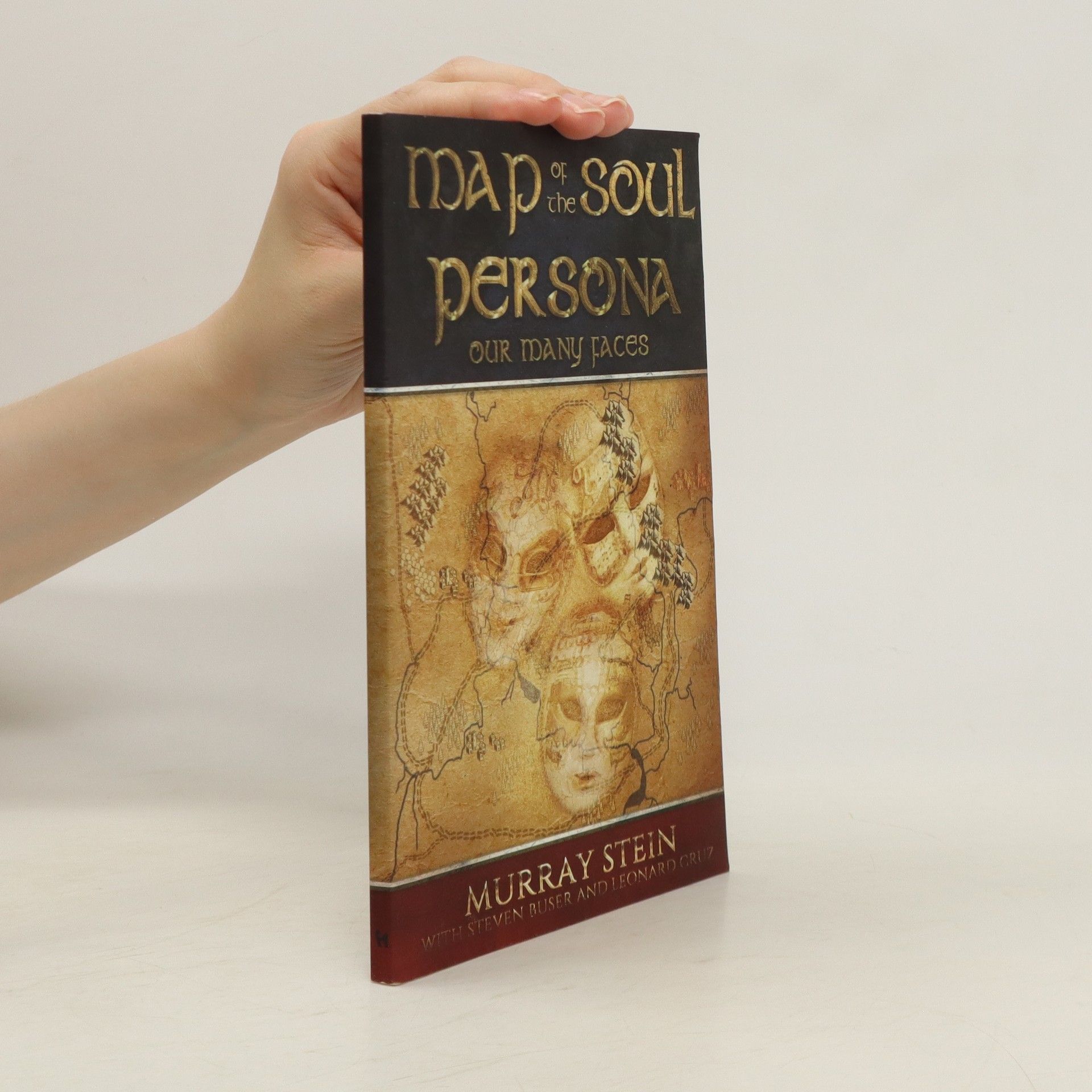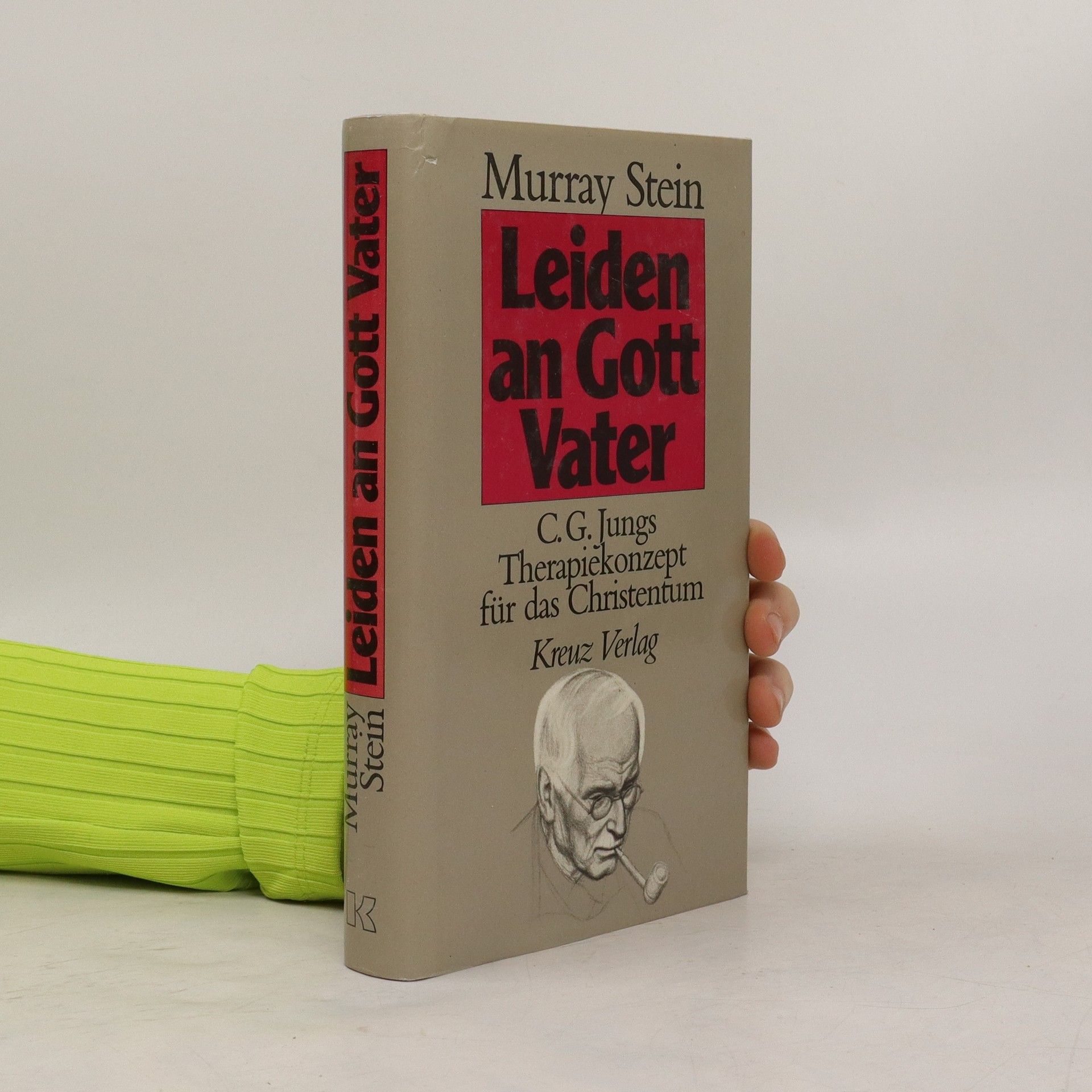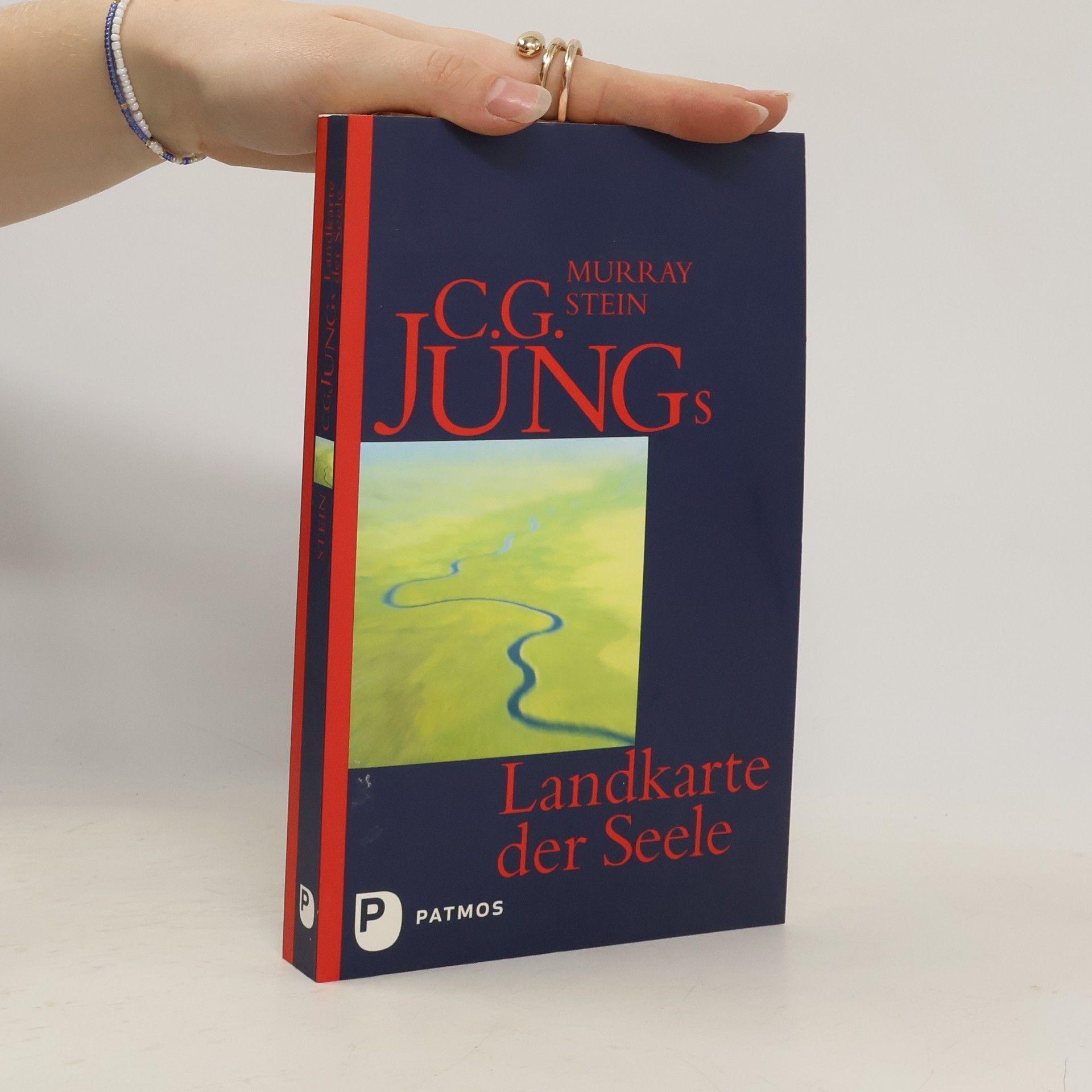Der Jungianer Murray Stein führt allgemeinverständlich in die Analytische Psychologie C. G. Jungs ein. Er erklärt die wichtigsten Konzepte, etwa kollektives Unbewusstes, Archetypen, Komplexe, Persona, Schatten, Selbst und Individuation. Murray Stein bietet Orientierung für alle, die sich mit den Tiefenschichten der Seele auseinandersetzen möchten.
Murray B. Stein Bücher
Murray Stein ist ein renommierter Autor und Dozent, dessen Werk tief in die Prinzipien der analytischen Psychologie C.G. Jungs eintaucht. Seine Schriften erforschen grundlegende Konzepte wie das Individuationsprinzip und Jungs Seelenkarte und untersuchen, wie diese psychologischen Lehren in der heutigen Welt Anklang finden. Durch seine Vorträge und Veröffentlichungen bietet Stein den Lesern tiefe Einblicke in die Komplexität der Psyche und ihre Anwendung, wodurch ein besseres Verständnis des menschlichen Zustands und des Weges zur Ganzheit gefördert wird.







Map of the Soul 7.
- 198 Seiten
- 7 Lesestunden
"Beyond summarizing the three volumes on Persona, Shadow and Ego in the Map of the Soul series, this latest book explores the entire BTS album, start to finish, revealing profound insights into the collective psyche of BTS. The title of BTS's latest album, Map of the Soul: 7, captivates the mind with its suggestive and alluring imagery. It came as a surprise to many fans. Expected was an album that would follow upon Map of the Soul: Persona with songs about Shadow or Ego. While the new album does indeed include songs with these themes, it is much more complex and broader in vision than expected. The number 7 suggests mystery. It catches the mind's attention with its symbolic significance. What does this number mean in relation to the idea of a "map of the soul?" This book dives into this mystery and explores the unconscious reaches of our mind. Fans of BTS from around the world will marvel at the depth of meaning in the songs contained in Map of the Soul: 7. They take the listener into deep reflection upon the meaning of striving and ambition, the dangers of worldly success, and the amazing resiliency of the human spirit to recover and go on despite the pitfalls on life's journey. The songs themselves function as a map for souls who are setting out in life and engaging in challenging relationships. The songs are reflective, mirroring what we find within ourselves in our struggles to become and to thrive. When you stand on the threshold of a new land, it is useful to have a map as your guide. The great psychologist of the 20th Century, Carl Jung, created a Map of the Soul that many people in his time found more than a little helpful, even lifesaving. It is even more so now, for people in the 21st Century, caught in the profound complexities of modern life. Armed with this map, people are better able to find their way successfully through life's journey. Today, BTS is putting this map into the hands of their fans. For this great service we are profoundly very grateful"-- Provided by publisher
Exploring the concept of Persona, this book delves into the psychological mapping of one's inner world, highlighting its relevance in contemporary culture. The ideas presented by Dr. Murray Stein have resonated so deeply that they have inspired the renowned K-Pop group BTS, who incorporated these themes into their album, Map of the Soul: Persona. This connection illustrates the profound impact of psychological concepts on modern music and identity.
Four Pillars of Jungian Psychoanalysis
- 142 Seiten
- 5 Lesestunden
The theory of individuation plays a crucial role in Jungian Psychoanalysis, serving as both an assessment tool for analysts and a guide for clients' psychological growth. This work outlines the distinct methods that differentiate Jungian psychotherapy from others, emphasizing the importance of understanding individual development in the therapeutic process. Each chapter delves into the unique aspects that contribute to this form of analysis, providing insights into its effectiveness and approach.
Map of the Soul. Persona
- 116 Seiten
- 5 Lesestunden
There is a lot of interest in today’s culture about the idea of Persona and the psychological mapping of one’s inner world. In fact, the interest is so strong that the superstar Korean Pop band, BTS, has taken Dr. Murray Stein’s concepts and woven them into the title and lyrics of their latest album, Map of the Soul:Persona. What is our persona and how does it affect our life’s journey? What masks do we wear as we engage those around us? Our persona is ultimately how we relate to the world. Combined with our ego, shadow, anima and other intra-psychic elements it creates an internal map of the soul. T.S. Eliot, one of the most famous English poets of the 20th Century, wrote that every cat has three names: the name that everybody knows, the name that only the cat’s intimate friends and family know, and the name that only the cat knows. As humans, we also have three names: the name that everybody knows, which is the public persona; the name of that only your close friends and family know, which is your private persona; and the name that only you know, which refers to your deepest self. Many people know the first name, and some people know the second. Do you know your secret name, your individual, singular, unique name? This is a name that was given to you before you were named by your family and by your society. This name is the one that you should never lose or forget. Do you know it?
Exploring a diverse range of subjects such as Christianity, individuation, and midlife, Dr. Murray Stein's writings reflect his extensive experience in analytical psychology. His work combines academic insight with a personal journey through Jungian concepts, offering a profound understanding shaped over nearly fifty years. This collection not only showcases his scholarly contributions but also his engagement with contemporary societal issues, making it a significant resource for those interested in psychology and its broader implications.
Jung's Red Book for Our Time
Searching for Soul Under Postmodern Conditions Volume 4
- 416 Seiten
- 15 Lesestunden
The book explores the pervasive spiritual malaise in contemporary society, likening it to a "polar night of icy darkness." It examines the impact of climate change, technological advancements, and geopolitical shifts, which contribute to a sense of disorientation and urgency. The concept of "Westlessness" highlights the distractions and pressures of post-modern life, leading to widespread exhaustion and burnout. Ultimately, it critiques the absence of a unifying narrative to navigate these challenges, leaving individuals and political entities in a state of confusion.
Jung's Red Book for Our Time
Searching for Soul In the 21st Century - An Eranos Symposium Volume 5
- 370 Seiten
- 13 Lesestunden
Exploring the tension between modern digital interconnectedness and psychological fragmentation, this book invites readers to reflect on the need for deeper spiritual connection amidst a rapidly changing world. It questions whether we should seek the "spirit of the depths" over the fleeting "spirit of the time," prompting a search for coherence and guidance in a chaotic environment. The narrative encourages a personal journey of self-discovery and introspection in the face of contemporary life's accelerating pace and lack of clarity.
The Collected Writings of Murray Stein
Volume 6: Analytical Psychology And Religion
- 346 Seiten
- 13 Lesestunden
Dr. Murray Stein's extensive work encompasses a broad range of subjects, such as Christianity, individuation, midlife, and analytical psychology, reflecting his profound insights gained over nearly fifty years. His writings blend personal exploration with scholarly analysis, offering a unique perspective on Jungian concepts and their relevance in contemporary society. The volumes serve as both a scholarly resource and a personal journey through the complexities of the human psyche and societal issues.